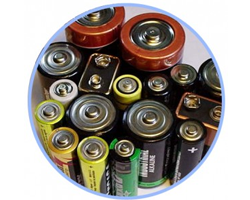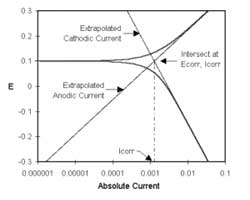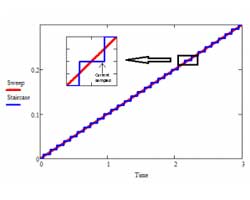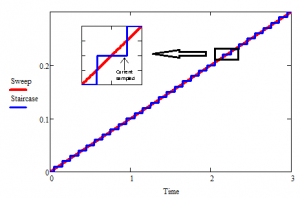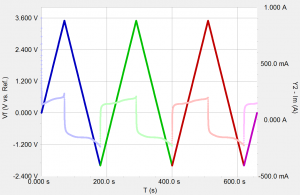20th Annual Penn State University Corrosion Short Course
Corrosion: Fundamentals and Experimental Methods When: June 5-10, 2016 Where: Penn State University Park Campus Registration is open for the annual Penn State University Corrosion Short Course being held at Penn State University Park Campus June 5-10th. Now in its 20th year, the course will cover the fundamentals of corrosion and various electrochemical techniques. Lectures Read more about 20th Annual Penn State University Corrosion Short Course[…]


